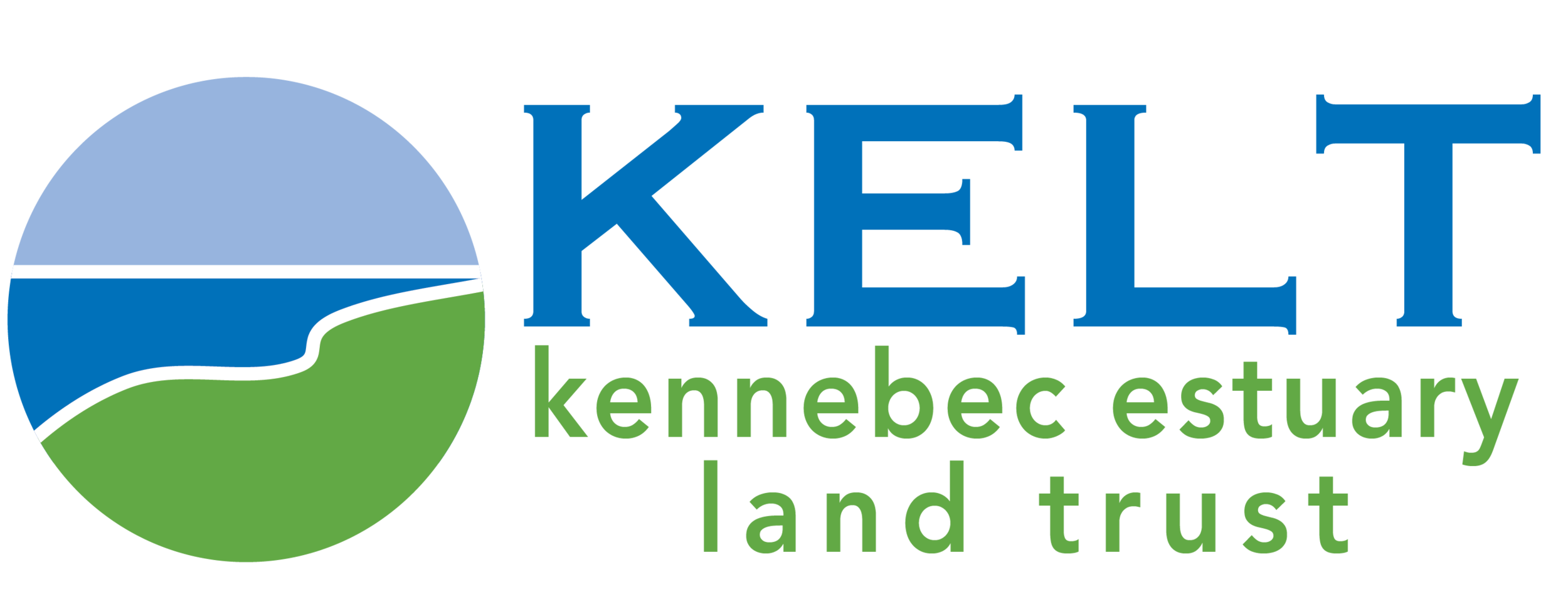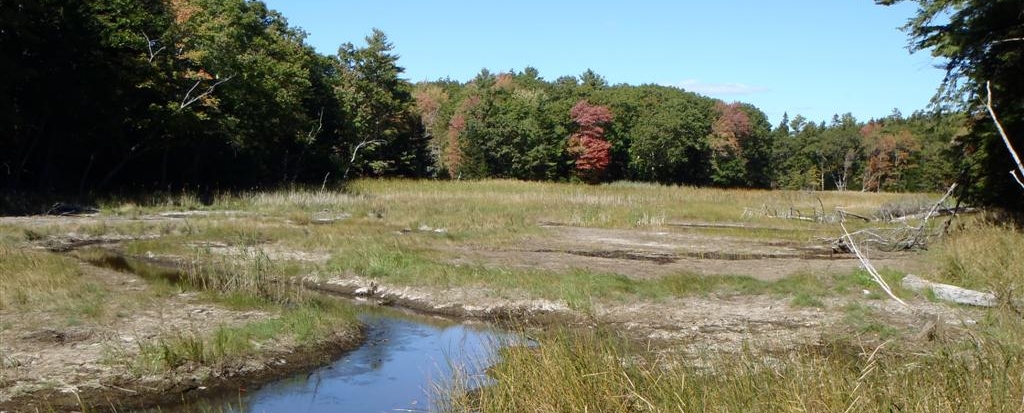In February 2018, KELT finished our first salt marsh restoration project.
The project removed a causeway from Georgetown’s Little River salt marsh on Lundstrom Marsh Preserve. The Lundstrom family donated this preserve on Indian Point Road to KELT in 2016. On the northwest part of the marsh, a causeway for an old, abandoned logging road crossed the marsh surface. It blocked water from freely flowing to the wetland upstream.
This blockage created problems in the upstream marsh, flooding it for extended periods of time and causing the water to be fresher and warmer. The warm temperatures prevented this area from being a healthy for place for juvenile fish to grow. The fresh water and flooding caused plants to die and the marsh surface to begin decaying. The surface of the marsh was becoming muddy, and the rotting marsh was releasing greenhouse gasses. An invasive plant called Phragmites australis had taken root in the upper marsh and was starting to multiply. Removing the causeway allows water to flow freely, so the conditions can become saltier and cooler. Over the next five years, KELT will measure the water level, water temperature, plant types, and plant growth at the site and upstream to track how well the project restores the salt marsh.
For the love of the land. Bob Lundstrom worked alongside KELT volunteers and professionals to remove the invasive Phragmites out on the marsh in 2012. Bob passed away in 2015. He was adamant that the causeway be removed to help stop the spread of the invasive plant and return the marsh to a healthier state.
This removal was complicated because we wanted to make sure the changes to the salt marsh improved the habitat, and we wanted to protect the freshwater wetland that equipment needed to cross to get to the site. For the salt marsh, the height of the ground needed to match the surrounding marsh. The contractor surveyed the height as they excavated the channel and the marsh surface to make sure it was correct. To protect the freshwater wetland and its plants, we scheduled the project in the winter when the surface was frozen and insulated by snow. The excavator crossed the wetland on five wooden mats, picking them up and swinging them forward as it moved. The mats spread out the weight of the excavator, so it put less pressure on each inch of the surface of the marsh than a person walking across it.
While the removal took two days, planning for this project began in 2012. KELT worked with many partners including the U.S. Fish and Wildlife Service, Stantec, and Linkel Construction. This project was by a grant from the Maine Natural Resource Conservation Program, a program that uses state and federal mitigation funds to award competitive grants for projects that protect and restore natural resources across the state.



